The DMZ tour of the 17th parallel that formed the erstwhile border between North and South Vietnam during their war is a low key affair. The locals hardly care for any of the sites' historical import. The tours mostly cater to curious foreigners eager to experience the places they had heard or read about.
The term DMZ (pronounced with the British 'zed' in Vietnam, rather than the American 'zee' in S.Korea) refers to the Demilitarized Zone that ran 5km. wide on either side of the Ben Hai River that almost exactly coincides with the 17th parallel. The border was created at the end of WWII with the Japanese forced to surrender to China's Kuomintang government north of the border and to the British south of the border.
With the escalation of the war in the 60s, the DMZ became a highly militarized zone. The US troops setup bases near the border to assist the South Vietnamese in their quest to cut off supply routes to the VietCong. The most famous of these is the Khe Sanh base. The Ho Chi Minh Trail was setup to supply the VietCong and it extended well into neighboring Laos and Cambodia.
The tour (operated from Hue) first covers the dull stretch of highway 1A from Hue to Da Hang (85 km). It gets interesting after that as it traverses Highway 9 west towards the Laos border. The first stop was made at The Rockpile, just an ordinary hill used strategically by the US troops for reconnaissance. There is nothing to see here today besides the Vietnam flag that flies on top of it.
The next stop was on the Drakong river bridge to view the marker placed to commemorate the Ho Chi Minh trail which once passed by the hillside along the river.
The final stop on this stretch of Highway 9 was at the Khe Sanh Combat Base, the site of the most famous siege and one of the most controversial battles of the Vietnam War. Around 500 Americans and over 10,000 North Vietnamese soldiers died here in early 1968 trying to defend what was regarded as a strategic place, but which was eventually abandoned by both sides within weeks of the carnage. Today it is a barren plateau surrounded by vegetation covered hills and it is difficult to conjure up images of bloodshed here.
On display are a few interesting relics left behind by the US - a huge cargo plane, supply helicopters, tanks and other vehicles. The former runway is currently being used by the locals to dry peanuts in their shells! A few concrete bunkers and trenches have been recreated. There is a small museum with photographs from 1968 that tell the story from the North Vietnamese viewpoint. Photographs of captured and fleeing Americans are accompanied with gleeful sub-adult text and are displayed alongside those showing heroic deeds of the North Vietnamese soldiers.
Back on Highway 1A, we crossed over to the former North Vietnam to visit the Vinh Moc Tunnels, a network of underground tunnels used both as a bomb shelter and as a link between villages to carry munitions and supplies for the Vietcong. These tunnels are more or less been left in their original state and visitors are allowed to walk through some sections along with a guide. Very narrow and dark, these tunnels were dug over several years mostly using only hand tools.
People and sometimes whole families moved underground for several days and lived in cave like rooms. One of the larger rooms, a meeting room, could hold up to 70 people, standing room only. Interestingly 17 babies were born in makeshift maternity wards underground during this period and according to our guide many of them still lived in the area today.
The final stop was at a North Vietnamese Military cemetery which stands near the site of the former Doc Mieu Base. A single decrepit tank abandoned next to the road is the only remaining vestige from the war here.
This was a very different DMZ tour than the one we went on in Korea. Vietnam is one country, so the former border is hardly discernable except for a few commemorative monuments. Needless to say there is no palpable tension as there was in Korea.
Also since this tour is mainly targeted at foreigners, the Vietnamese tour guide (who incidentally was very good), maintained a neutral stance and narrated the facts and details of incidents without adding any color commentary or personal opinion which was very interesting.
But there was a curious exchange. At one point she mentioned the planned election in the 50s and how the South feared that Ho Chi Minh would win the election and so refused to cooperate. But when asked about the current political process and elections, she, of course, confirmed what everyone knows, no elections have been held in Vietnam as it is a single-party constitution. There was not much of a reaction when informed that there are some states in India that have had communist party governments, but elections do take place regularly. We wonder if she would have been amused by the fact that the communist government in West Bengal had Harrington Street in Calcutta renamed to Ho Chi Minh Sarani, which is still the address of the US Consulate in Kolkata!
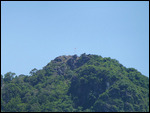
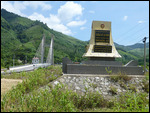
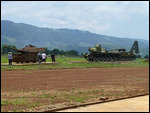
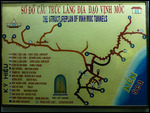
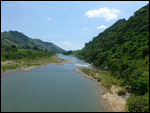
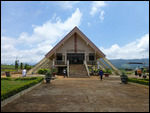
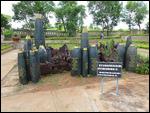
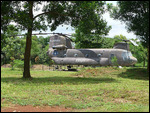
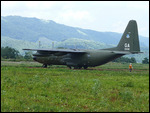


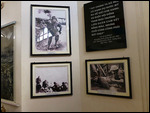
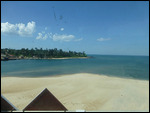
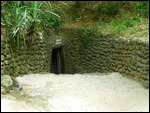

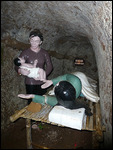


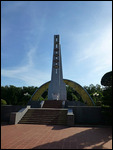
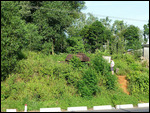
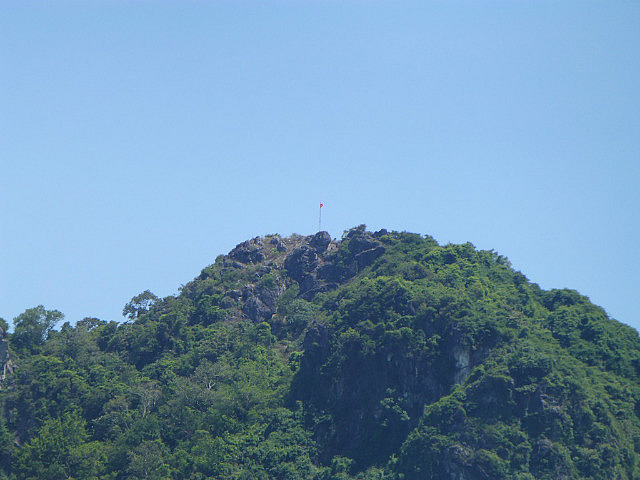

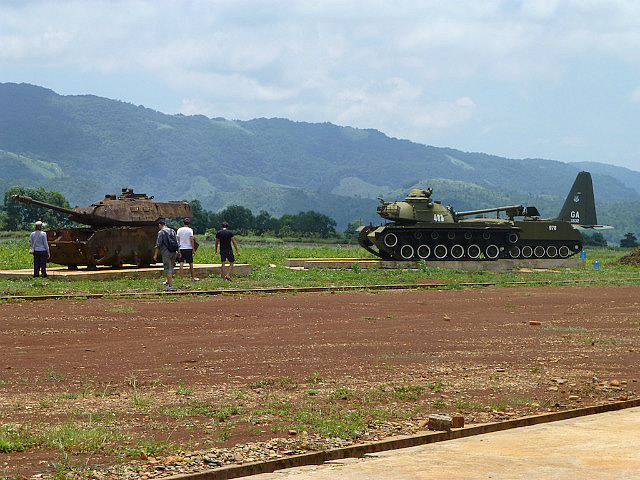
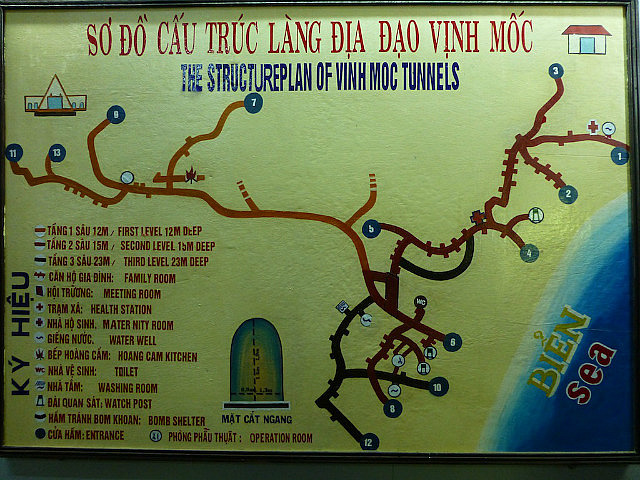
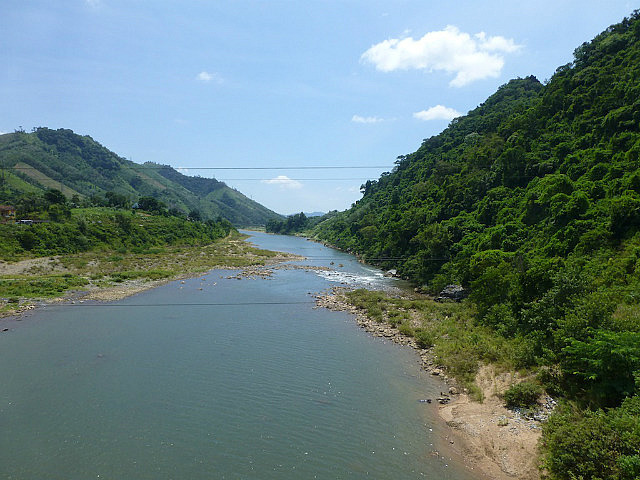
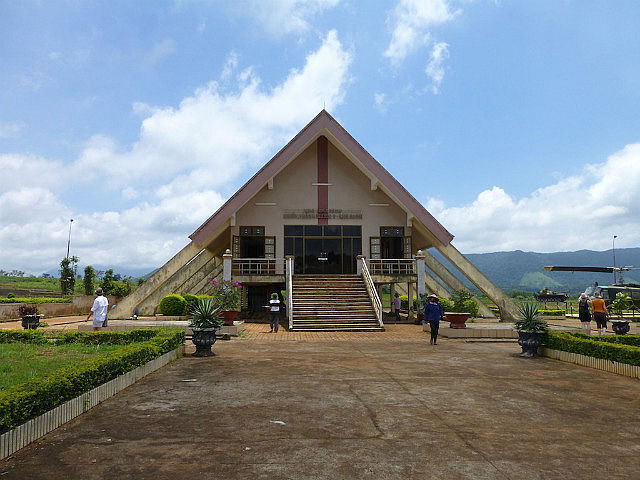

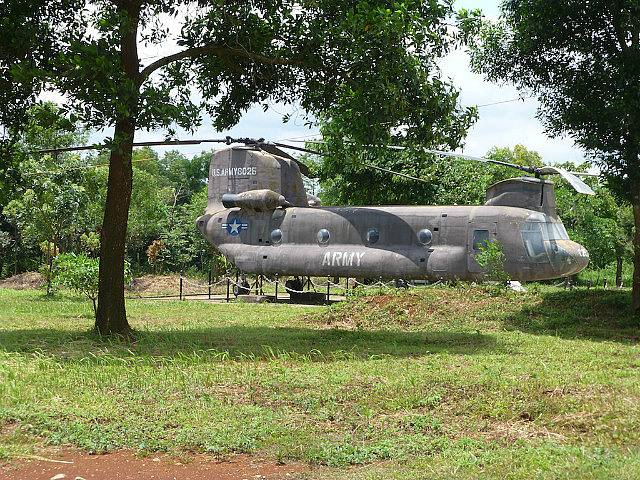
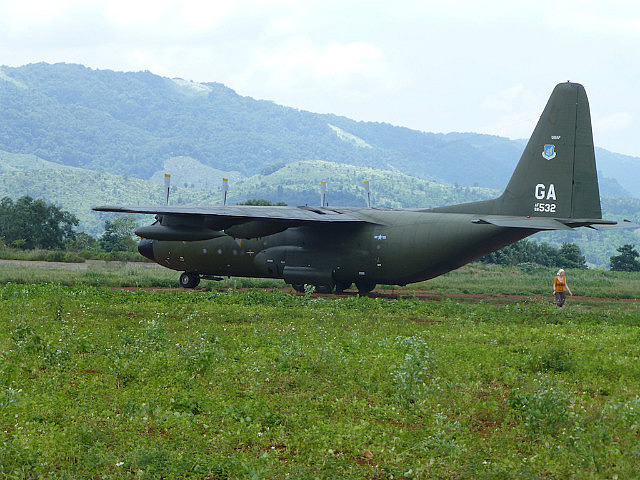
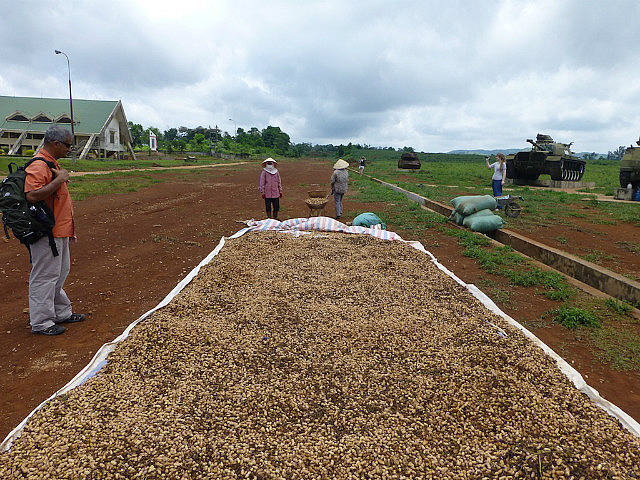

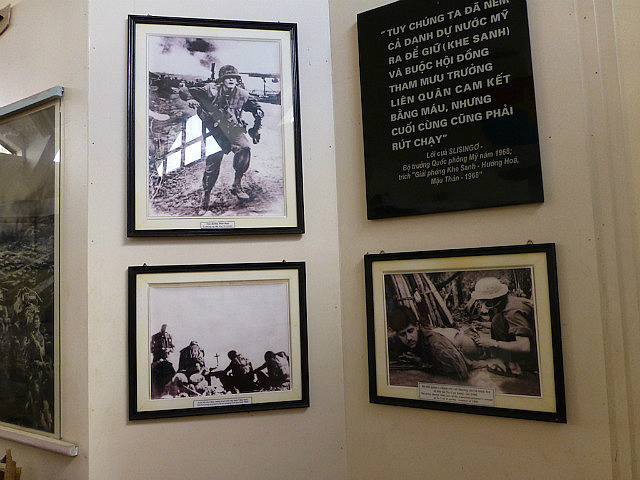
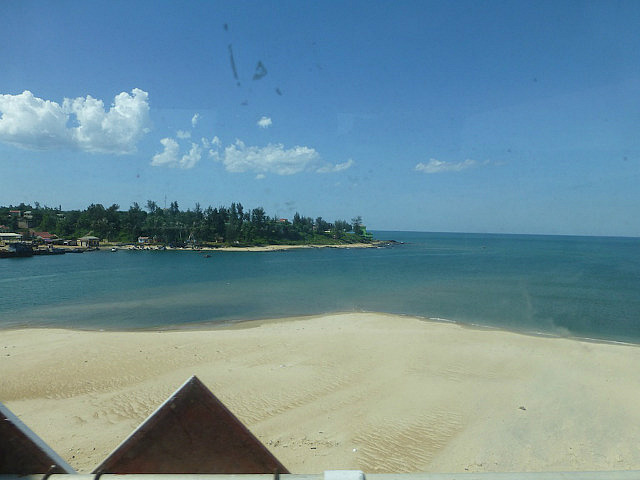
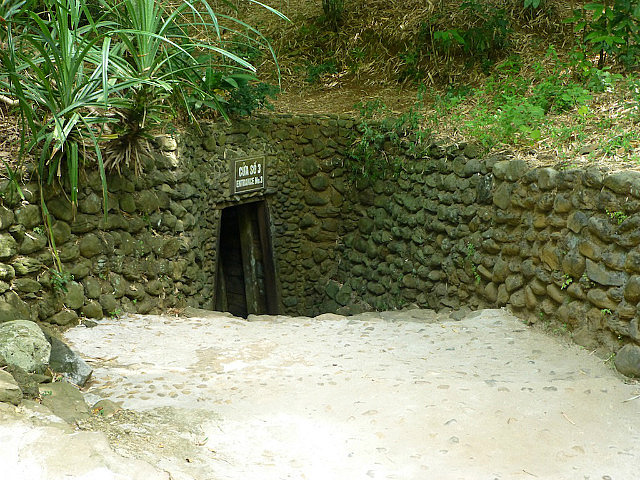

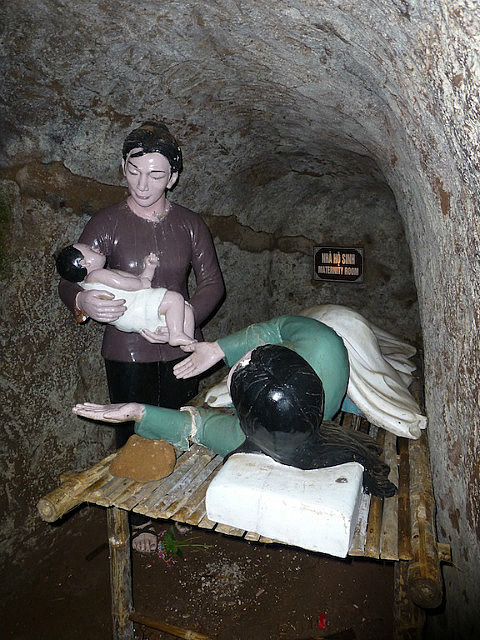

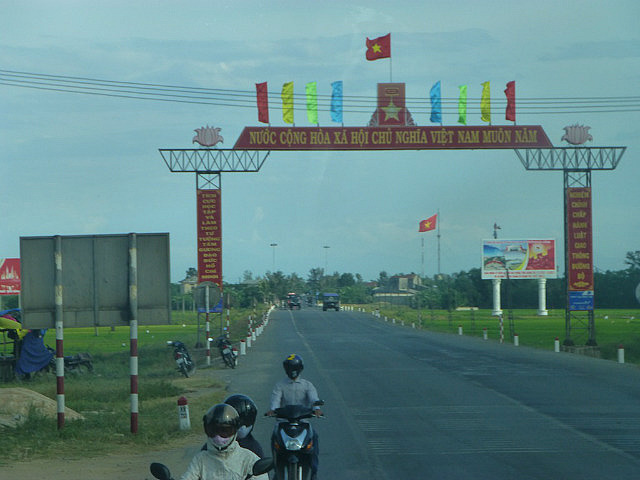
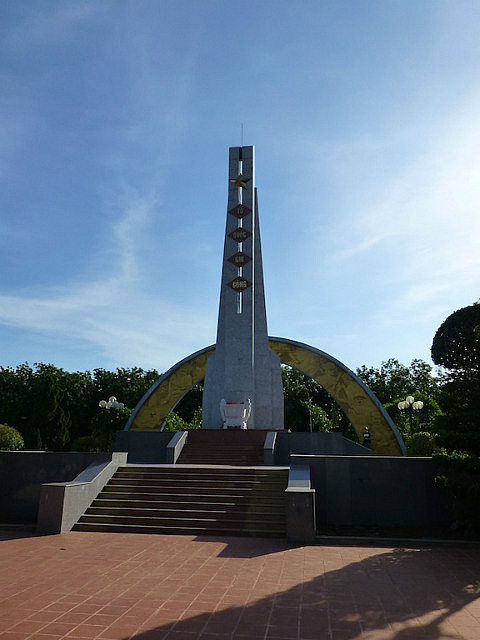
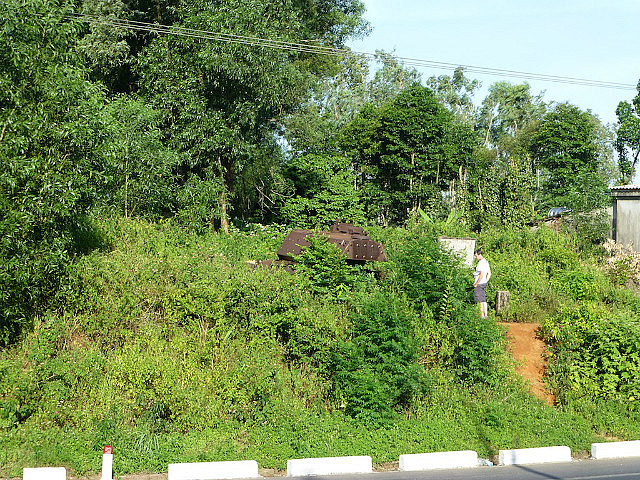
Comments